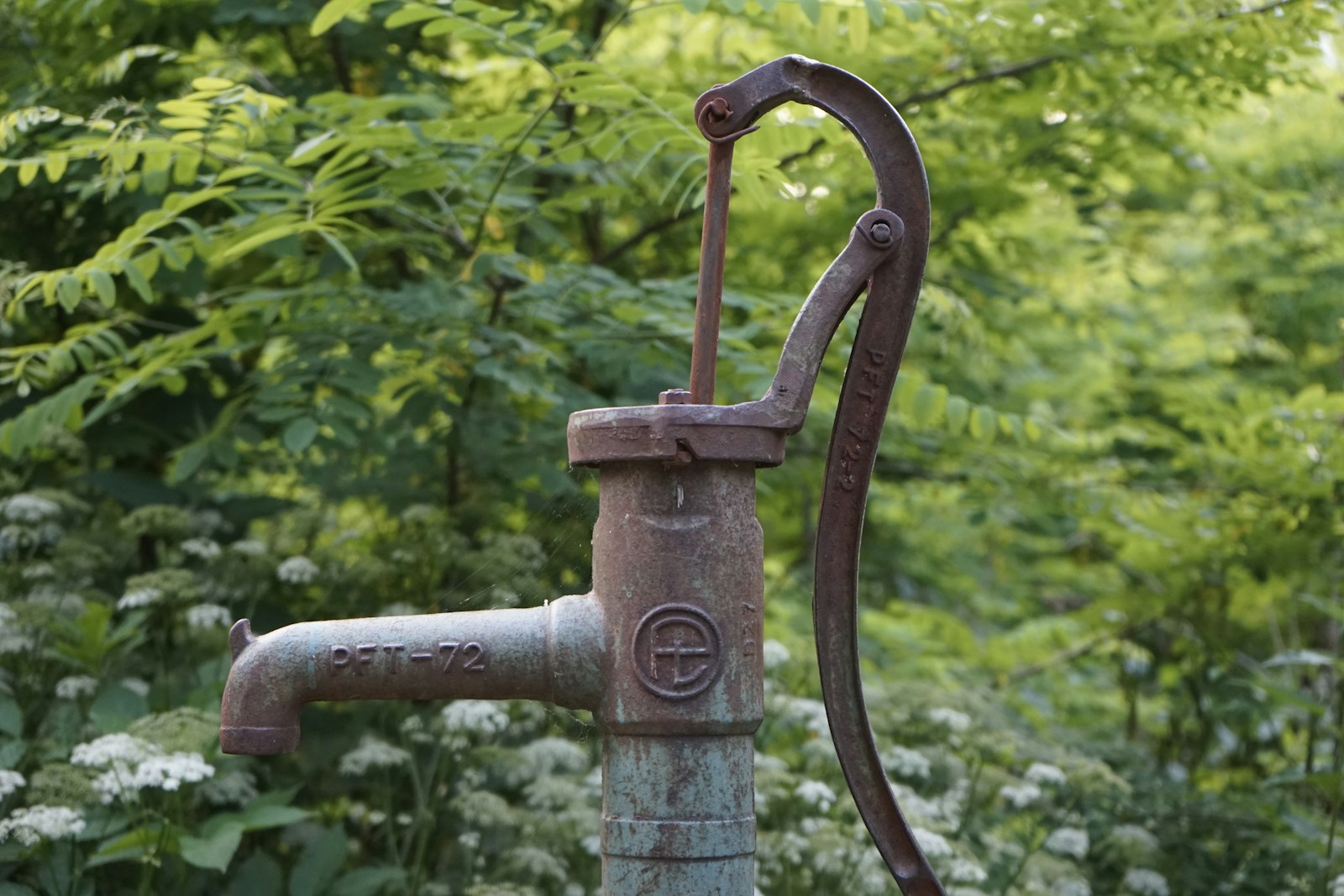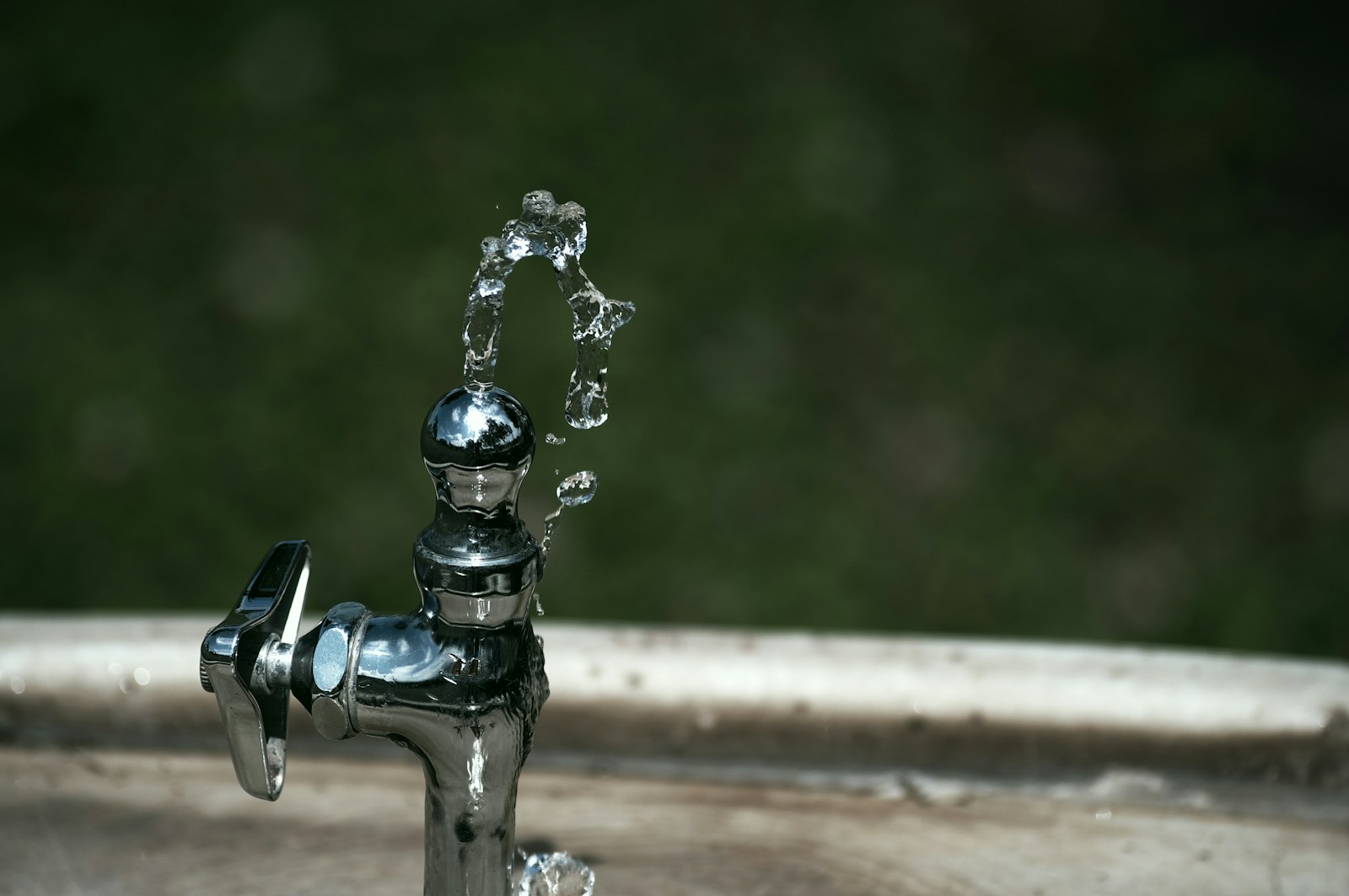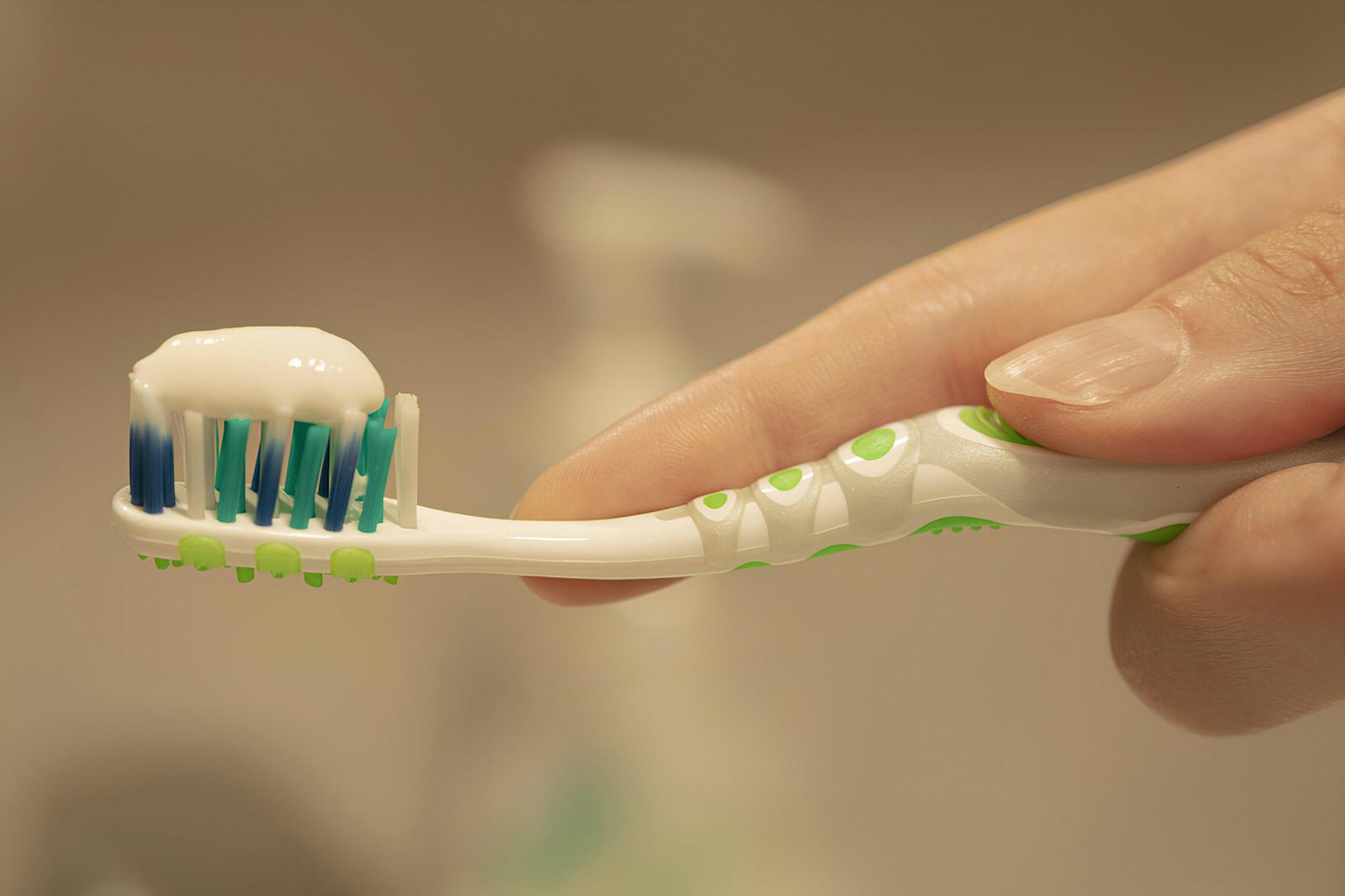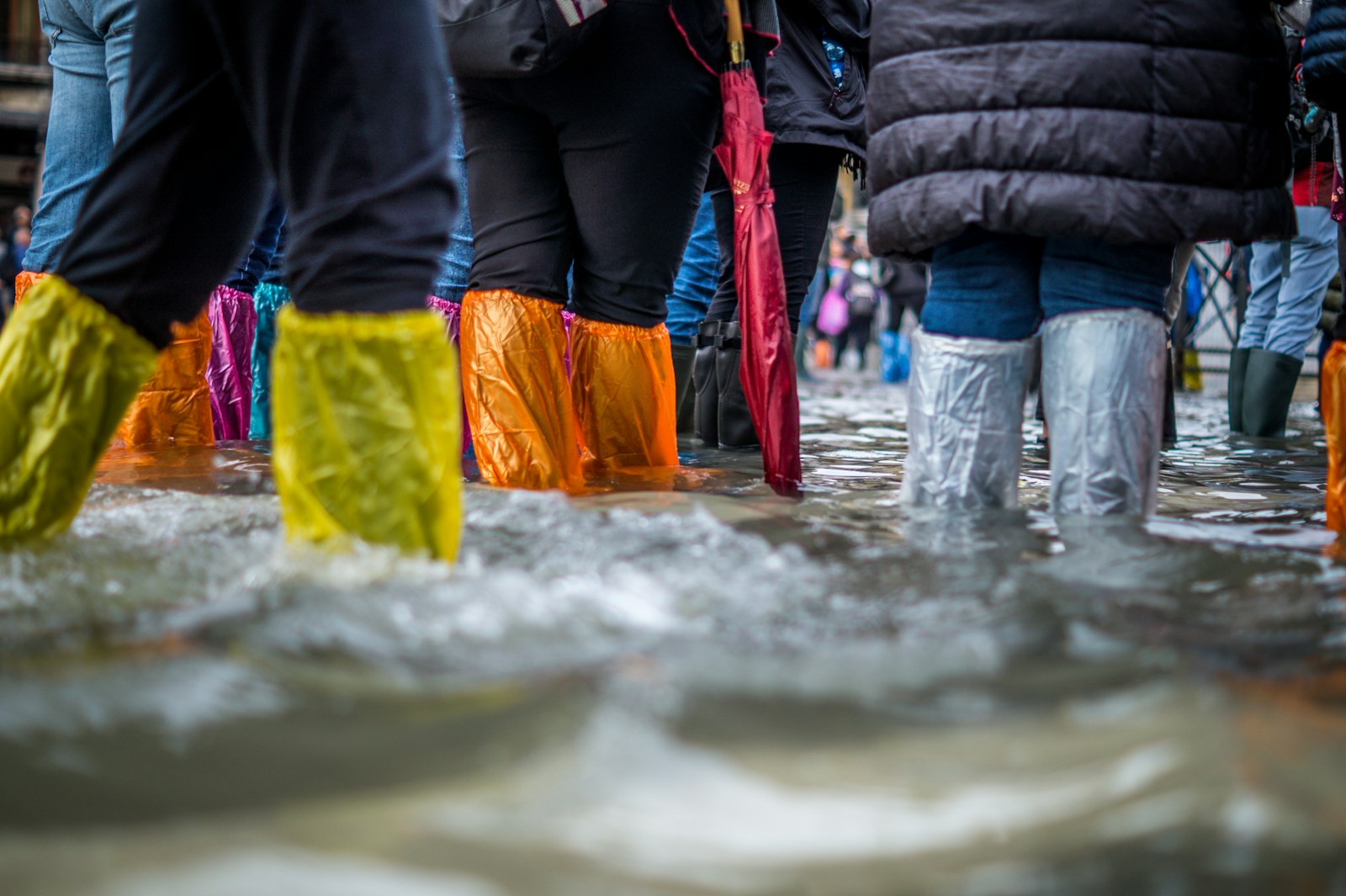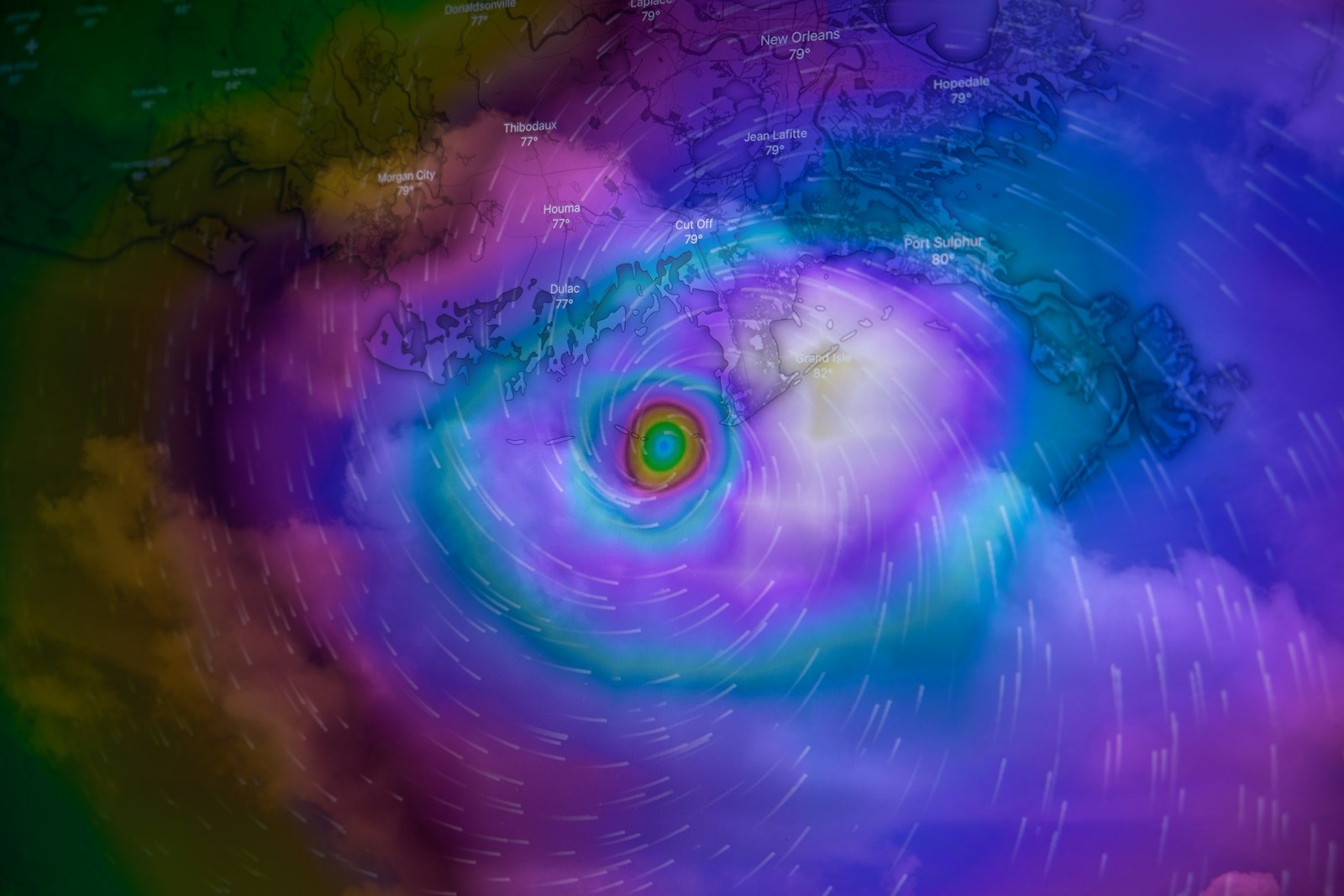Brain-eating amoebas are a serious threat to human health and safety, and recent reports of a person dying from the infection in Florida have raised concerns about this deadly parasite. While the risk of catching this infection is relatively low, it’s important to take precautions to protect yourself and the environment from this dangerous organism.
Table of Contents
ToggleWhat is Brain-Eating Amoeba?
Brain-eating amoebas are microscopic organisms that live in warm freshwater environments, such as lakes, rivers, and hot springs. They can also be found in soil and poorly maintained swimming pools. The most common species that infect humans is Naegleria fowleri, which can cause a rare but deadly infection called primary amebic meningoencephalitis (PAM).
How Do You Get Infected?
The amoeba enters the body through the nose when contaminated water is inhaled while swimming, diving, or even just playing in water. Once inside the body, it travels up to the brain, where it causes inflammation and destruction of brain tissue. Symptoms of PAM include severe headaches, fever, nausea, vomiting, and seizures. The infection progresses rapidly and can be fatal within a few days.
How to Protect Yourself?
While the risk of getting infected with brain-eating amoeba is low, there are several steps you can take to reduce your risk of getting infected:
- Avoid swimming or playing in warm freshwater bodies, especially during the summer months when the water temperature is high.
- If you do swim in freshwater, avoid diving or jumping into the water as this can increase the chances of water entering your nose.
- Use a nose clip or hold your nose shut when swimming or diving in freshwater.
- If you have a swimming pool, make sure it’s properly maintained with adequate levels of chlorine and pH.
- Always follow the instructions on cleaning and maintenance products for your pool.
- Avoid stirring up sediment at the bottom of freshwater bodies as this can release amoeba into the water.
- Educate yourself and your family about the risks of brain-eating amoeba and how to prevent infection.
How to Protect the Environment?
Protecting the environment is equally important to protect ourselves from brain-eating amoeba. Here are some tips to protect the environment from this deadly organism:
- Dispose of hazardous waste properly, such as chemicals and pesticides, which can contaminate water sources.
- Avoid flushing medications down the toilet as they can end up in the water system.
- Reduce your use of fertilizers and pesticides, which can also contaminate water sources.
- Support efforts to improve water quality by volunteering with local organizations that clean up rivers and lakes.
- Report any illegal dumping of hazardous materials or pollution to local authorities.
- Choose eco-friendly products and packaging that are biodegradable and won’t harm the environment.
- Support organizations that work towards protecting the environment and water sources.
Conclusion
Brain-eating amoeba is a rare but deadly parasite that can be found in warm freshwater bodies. While the risk of infection is low, it’s important to take precautions to protect yourself and the environment. By following these tips, you can reduce your risk of infection and protect the environment from contamination. Remember to always stay informed about the risks of brain-eating amoeba and take action to protect yourself and those around you.


